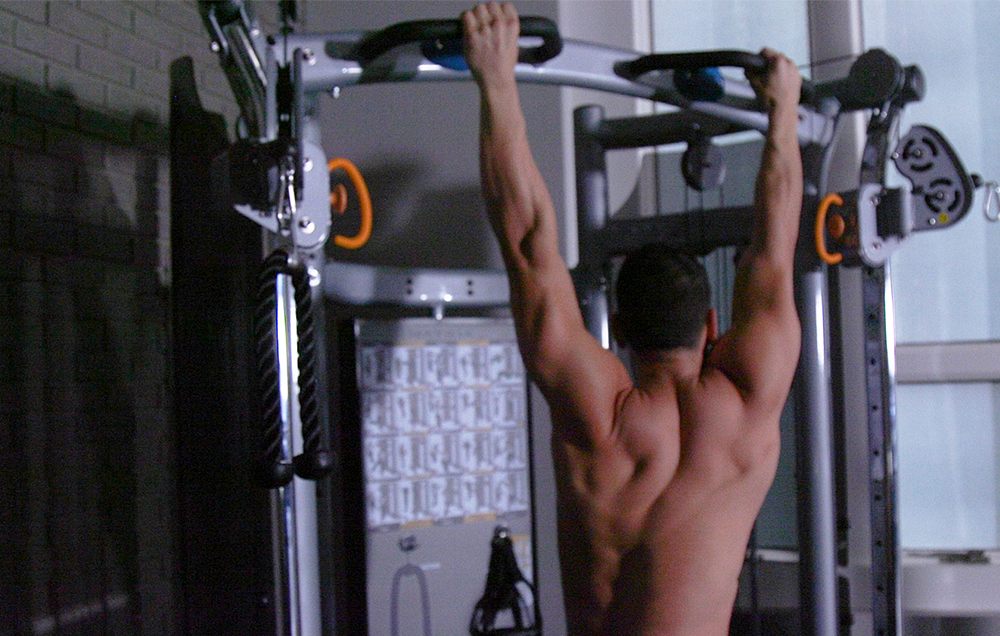Does Hanging Decompress Your Spine?
After doing a series of compressive exercises like squats, overhead presses, and the like, it’s good to do some exercises and stretches to help decompress your spine. Spinal compression can result in feeling back pain in your lower back and hips. There are a variety of ways to do this, though one simple stretch can work wonders, and it’s easily overlooked. Hanging is a great way to help decompress the spine and can help even if you’ve done nothing more than just sit at your desk all day. Some people might quickly resort to a spinal decompression chiropractor near LAX, but some simple exercises might help make a huge difference. So before you go looking up a back pain treatment near LAX online or looking up spinal decompression near LAX, try this hanging stretch out first.
When examining why hanging works as well as it does, it’s important to understand a little bit about human anatomy and the attachment and insertion points of the muscles. Since the lumbar spine is designed to be the most weight-bearing section of the spine, it’s no surprise that most of the compression-based back pain will be in the lower back. Specifically, you’ll most likely feel pain around vertebrae L3 – L5, or the sacral joint where the spine distributes the majority of the body’s weight onto the pelvic girdle.
You’re probably wondering how pinpointing this pain helps us, and how hanging is going to do anything for your lower back since your arms are so far away. That’s where your lats come in. Your lats (or latissimus dorsi muscles) attach to the intertubercular groove of your humerus (just below the back of your shoulder on your upper arm) as well as along the spinal processes of your T7 – L5 vertebrae, with a few other attachments along your hip and ribs. This can be used to help with spinal decompression near your pelvis and lower back.
Long story short, this basically means your lats connect your back and hips to your upper arm and play a role in the flexion of your arm at the shoulder. This is what makes hangs so great for spinal decompression. When you hang from a bar in a pull-up position, your lats stretch, slightly spreading and decompressing your spine in the process as the humeral attachment is pulled upward. This helps alleviate pressure on your lower spine, as well as lubricate and nourish your intervertebral disks.
When performing hangs, it’s important to keep proper form. Simply letting your body hang limply while your lats are already tight can cause your pelvis to arch forward slightly into a position known as an anterior tilt, making your back pain worse. When performing a hang, keep your core tight, clenching your abs and glutes while pulling your ribs and shoulders down. This will keep your body position in line and prevent your hips from tilting. You can also add a slight pivot to your pelvis as you hang, which can help further loosen up your lower back, and even help alleviate pressure in your thoracic region as the twisting and rotating can help loosen stiffness in the rotator joints in the thoracic spine.
Hold the hang for around 2-5 minutes if you can, making sure to keep proper form and you should start to feel quite a bit of relief. Follow up with some overhead stretches as lateral flexion stretches (bending your body to the side) and you should feel good as new in no time. Worst case scenario, you can get spinal decompression near LAX, specifically for feeling back pain. Contact our chiropractor near LAX today!
